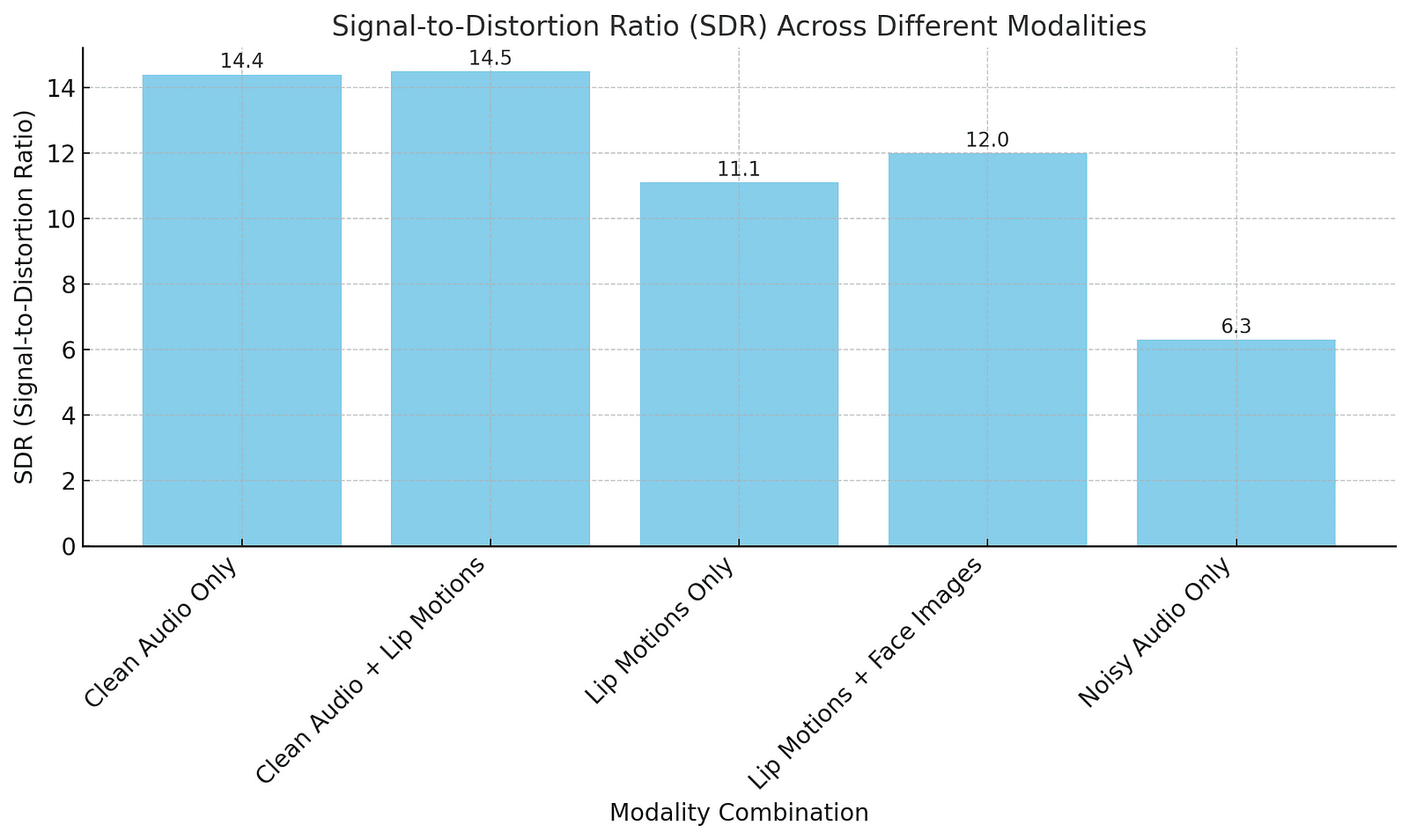
Separating voices in chaotic, noisy environments has long been a challenge in the realms of audio processing and artificial intelligence. The question looms: how do machines unmix overlapping sounds and identify the desired voice? Introducing VoiceVector, a groundbreaking solution that combines audio and visual modalities to achieve unparalleled accuracy in speaker separation. By leveraging transformer-based architecture, this innovation doesn’t just match state-of-the-art methods; it redefines the field with flexibility, adaptability, and superior performance. This article unpacks how VoiceVector is changing the game in multimodal audio processing.
The Core Innovation Behind VoiceVector
“How It Works: Dual Networks for Enhanced Precision”
VoiceVector operates on two synergistic phases: enrolment and separation. In the enrolment phase, a speaker’s characteristics are distilled into enrolment vectors, derived from a range of data — clean audio, noisy audio paired with lip movements, or even video-only inputs. A specialized enrolment network extracts speaker-specific embeddings, providing robust data even under adverse conditions. This data forms the bedrock for the separation phase, where the target voice is isolated from the cacophony using a U-Net structure with transformer augmentation. Unlike its predecessors, VoiceVector employs positive and negative enrolment vectors, significantly enhancing precision by teaching the system what to include — and what to exclude.
Multimodal Flexibility — Audio, Visual, and Beyond
“Marrying Modalities: The Strength of Audio-Visual Input”
The flexibility of VoiceVector lies in its multimodal capabilities. By harnessing data from various modalities, it transcends the limitations of purely audio-based systems. For example, lip motion and facial imagery offer additional layers of context that bolster separation performance, especially in noisy environments. Even in the absence of clean audio, VoiceVector’s visual-centric approach — focusing on facial features and lip movements — delivers remarkable results.
Here is the graph illustrating the Signal-to-Distortion Ratio (SDR) for various modality combinations in speech separation. It highlights how incorporating visual data like lip motions and facial imagery improves performance significantly compared to audio-only inputs.

Real-World Applications and Impacts
“Breaking Barriers: Practical Use Cases”
The potential of VoiceVector extends far beyond academic experimentation. Consider hearing aids — where separating voices in a crowded space can transform the lives of individuals with hearing impairments. Video conferencing systems could use VoiceVector to isolate speakers in dynamic meetings, ensuring clarity regardless of background noise. Law enforcement and surveillance also stand to benefit, using audio-visual data to focus on specific speakers during investigations. Moreover, with its ability to function effectively in the absence of clean audio, VoiceVector sets a new benchmark for robustness, making it ideal for real-world applications.
Transformers at the Helm: The transformer model in VoiceVector amplifies precision, enabling it to sift through noise with near-human-like accura.
Data Synergy: By integrating visual data — such as lip movements — VoiceVector seamlessly bridges the gap between audio clarity and visual alignment.
Negative Conditioning Innovation: Unlike traditional models, VoiceVector employs negative enrolment vectors to explicitly teach the AI what elements to exclude, thereby boosting separation performance.
Generalization Across Datasets: Even on unfamiliar datasets like Librispeech, VoiceVector demonstrates remarkable adaptability, maintaining consistent, high-quality results.
Cutting Edge Metrics: Achieving an SDR of 14.5 and a STOI score of 91%, VoiceVector surpasses industry benchmarks in speech separation performance.
The Sound of Tomorrow: VoiceVector’s Promise
VoiceVector is more than just an advancement in technology; it represents a paradigm shift in how we approach audio and visual data fusion. Its dual-phase approach, multimodal capabilities, and unparalleled accuracy open doors to countless applications in healthcare, communication, and beyond. As we stand on the brink of an AI-powered revolution, solutions like VoiceVector remind us of the immense potential when technology meets creativity. The future of sound has never been clearer — or more promising.
About Disruptive Concepts
Welcome to @Disruptive Concepts — your crystal ball into the future of technology. 🚀 Subscribe for new insight videos every Saturday!
See us on https://twitter.com/DisruptConcept
Read us on https://medium.com/@disruptiveconcepts
Enjoy us at https://disruptive-concepts.com
Whitepapers for you at: https://disruptiveconcepts.gumroad.com/l/emjml
New Apps: https://2025disruptive.netlify.app/







